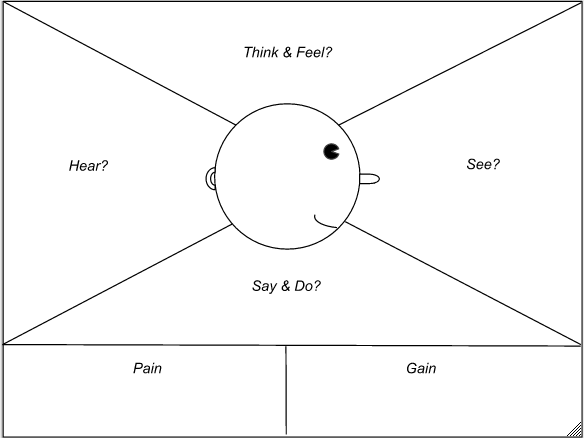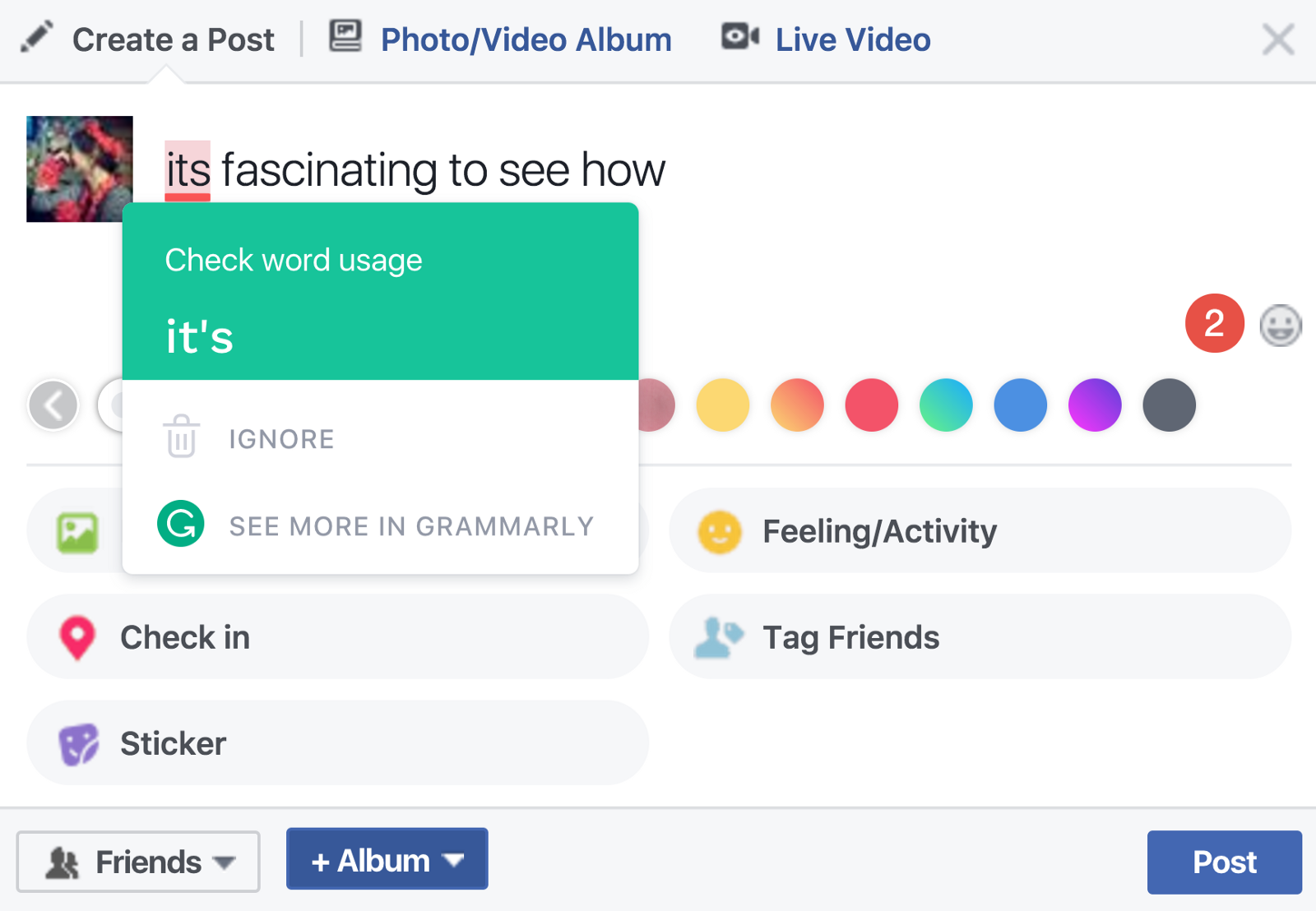We are living in an era of overabundance. Consumers have more choices than ever. To survive, companies have switched from product-centric to customer-centric.
Nowadays, customer experience is the biggest competitive leverage a business could use to win the market. I am a big believer in the customer-centric approach. Companies that put customers at the center of their strategy are winners at this new era. Just think about why Google beats Yahoo in the search engine, why Apple can sell a smartphone twice the average market price or why Uber has taken over the taxi market.
A few months ago, I was invited by Anand Chopra-McGowan of General Assembly to give a talk at Telefonica. The topic was about “Frictionless Customer Experience” (FCX). It was the first time I heard about that term. However, FCX instantly captures my attention, because of the natural fit with what I am trying to do with Landbot.io.
The simplest definition I would give about FCX is:
A mindset of a business that pursues continuously the right product to customers at the right moment and in the right channel.
The three key concepts that define FCX are product, moment and channel. So lets take a close look at each one.
Right product
So what is the “right” product? The mission of every business is to provide a product that can solve a problem and satisfy customer’s need. (By "product," I mean anything material or digital goods that you can packetize with a price and some specifications: A software platform or consulting service both can be considered as a product.)
As human beings, we are easily affected by our bias of what’s best for clients.
There is a study by Stanford where a group of students was asked to draw a capital letter “E” on their forehead. Below, you can see the result:
[caption id="attachment_27733" align="alignnone" width="303"] Different ways to write “E”[/caption]
Different ways to write “E”[/caption]
It turns out that we can draw this E in one of two ways: one self-focused “E,” like how you are seeing it as you draw it, and another “E” from someone else’s perspective. In this case, more than 90% of the people drew a self-focused “E.”
That is what happens most the time when we are designing our product. To provide the right product, we need a clear understanding of our customers: Who are they? What are their pains? What do they usually do?
See also: Why Customer Experience Is KeyOnly when we truly comprehend the context of our customers can we design, build and ultimately deliver a product that best fits with their need. A handy tool that can help us understand our customer is the Customer Empathy Map. It’s a collaborative tool we can use to gain a deeper insight into their clients. Below is an example. More information is here

To fill out all the info in the canvas, you can do lots of online research, but the most efficient way would be doing customers interviews. Only by getting out of the building and talking face to face with potential customers can you get all the data needed to understand them.
An excellent example of this is how Snapchat designed its video sharing feature. Before, the videos you saw on the mobile were always in landscape mode. However, Snapchat realized that the natural position for people to use their phone is in the vertical position, so the company designed the whole user experience around vertical videos, which turns out to be a huge success. Now, many camera-related applications have followed this new design paradigm.
Right momentOnce we have built the right product, we have to deliver it to the customer at the right moment. When is that?
Conventional wisdom would say we should provide the product whenever our customers need it most. Therefore, the job of marketers has always been building strong connections between the desire and the product. Then the business has just to be there for customers to consume the product. That’s basically how we have been running businesses in the 20 centuries. When you are hungry, you think of McDonald's, or, when youre thirsty, Coca Cola may be the first that comes to your mind.
However, with the increasing competition in today’s market, the old approach is no longer enough. Recent research by Microsoft shows that human attention span has fallen from 12 seconds to 8 seconds, which is shorter than a goldfish!
If everyone is competing to get the attention of consumers, how can you stand out and win? One possible way is to anticipate the users' needs even before they realize it. To offer FCX, we have to bring our customer communication to another level. We need to think deeply about our customer journey and always be one step ahead to help the client getting the product.
As technology advances, many companies start using big data and machine learning to predict user behaviors. This kind of prediction allows companies to take actions either to prevent undesirable behavior (customer churn) or to provide incentives for good behavior (purchase intention).
A good example, in this case, would be Pepephone, a Spanish mobile virtual network operator (MVNO). It’s known mainly for great customer service and user friendliness.
There was one time when Pepephone suffered a major outrage of its network system late at night. The incident was solved quickly; many customers weren’t even aware of it. However, unlike other telco companies would do, Pepephone called all the clients who might be affected. The company offered a discount to these customers as compensation for the outage, regardless of whether they complained. Actions like this demonstrate how Pepephone has always put their customer in the first place, which in turn helped the company to become No. 1 profitability and customer loyalty in the industry.
Right channel
If we did a great job with the previous two points, we should have a clear understanding of what product we should build and when to deliver it to customers. The last but not least thing we have to take into account is the way (channel) we use to interact with customers. “Be where your customers are” has been the first rule of success for every business. History told us that each time a new “channel” emerges, a whole new market could build around it. Those companies that know how to take full advantage of the new medium become winners at a new market. Think about what Microsoft did with the personal computer, Apple the smartphone, Uber with mobile applications, etc.
So what channel should you use? To choose the best channel, we need to keep in mind two important factors:
- Target: is your customer using this channel? Think about which kind of user segment you will get using the channel. It doesn’t make much sense for an enterprise B2B company to work on Snapchat because it won’t attract the correct kind of user.
- Saturation: Most channels tend to reach a saturation point after which it will be tough for new players coming in. Example: It will be quite difficult to start a new mobile app company right now due to the market share of some big corporations. If you look at the ranking of top 10 apps, most of them are from companies like Facebook, Google and Snapchat.
- Openness: you should look for the flexibility and the scalability you can have with a particular channel. Does it offer tools for third-party developers like APIs? Analyze possible risks of being cannibalized by native solutions from the channel. You don’t want to experience what happened to Meerkat when Twitter banned it from the social network.
A fascinating case study is Grammarly, the best grammar checking tool on the planet. My friend Hiten Shah wrote a few days ago an in-deep review of how Grammarly grew into millions of users. One key point in the strategy was that the company had designed the product to be where customers are. Grammarly built plugins for Microsoft Office and later as Chrome extensions so people can use it where they need the tool most: when writing a post, filling job forms, editing text documents, etc.
[caption id="attachment_27735" align="alignnone" width="570"] A screenshot of a user editing his facebook post with Grammerly[/caption]
A screenshot of a user editing his facebook post with Grammerly[/caption]
I hope these brief thoughts about FCX could help you design a better product, delivering it to the customer when and where it's needed.
Do you have any thoughts or examples about FCX? Let me know in the comment section. If you enjoy this article and would like to read more about FCX you can support me by giving some claps ? (up to 50 would take less than one minute).






